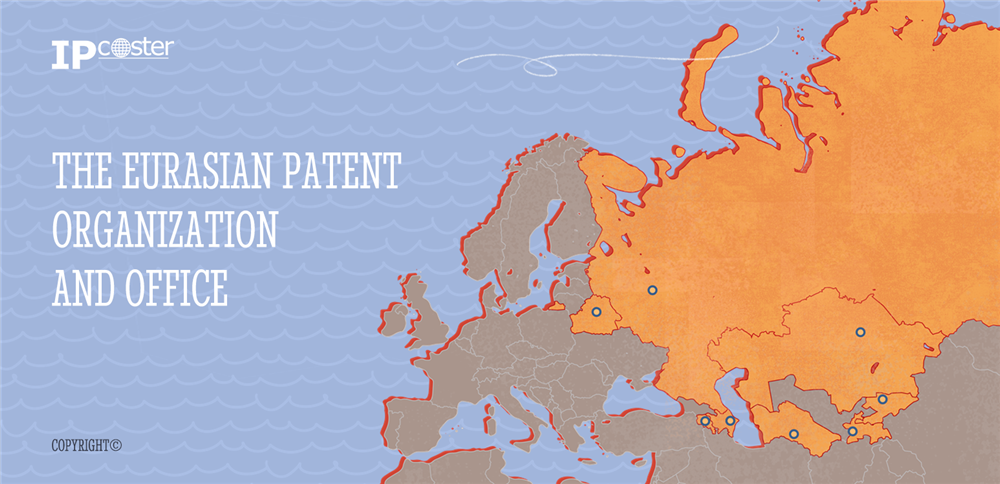IP-Academy

The Eurasian Patent Organization and Office
The Eurasian Patent Organization and Office, known as EAPO, is an intergovernmental organization established in 1995. Its main goal is to support the development and protection of intellectual property across the region, based on the Eurasian Patent Convention. This convention was first signed on September 9, 1994, and officially came into force on August 12, 1995, which formally created the EAPO.
The organization includes member states from both the Commonwealth of Independent States and some countries outside of it, promoting cooperation in intellectual property matters. As of 2025, the member states are Armenia, Azerbaijan, Belarus, Kazakhstan, Kyrgyzstan, Russia, Tajikistan, and Turkmenistan. The EAPO is headquartered in Russia, and Russian is its official language.
The EAPO’s primary role is to provide intellectual property protection for inventions and industrial designs through a single Eurasian application that is valid in all eight member states. This system simplifies the application process, allowing inventors and businesses to protect their ideas in multiple countries with one procedure. It reduces costs, saves time, and increases efficiency, which helps drive innovation and technology growth in the region.
Since its establishment, the EAPO has granted Eurasian patents. In June 2021, it also started accepting applications for regional industrial design protection after adopting a new protocol in 2019.
To get a Eurasian patent valid in all member states, an applicant needs to file just one application with the EAPO. This application can be submitted in any language but must be followed by a Russian translation within two months, or within four months if the applicant pays an extra fee. A Eurasian patent can also be obtained based on a Patent Cooperation Treaty (PCT) application by entering the Eurasian regional phase within 31 months from the earliest priority date.
All Eurasian patent applications go through a thorough examination. For regular applications, the applicant must request this examination within six months after the publication of the search report. For PCT-based applications, the request must be made when entering the regional phase.
After a Eurasian patent is granted, the patent owner can choose in which member states they want to maintain the patent. They can also restore patents that lapsed due to unpaid fees. In some cases, the owner may extend the validity of the patent for specific types of inventions. Between the time the patent is published and the payment of the first annual fee, the patent owner holds exclusive rights to their invention across all member states.
All fees related to Eurasian patents or industrial designs are paid directly to the EAPO, not to each member state separately. The filing fee may be reduced by 25 percent if the application includes an international or PCT search report from another authorized office. The fee can be reduced by 40 percent if the report was produced by the Eurasian Patent Office.
Since 2022, the EAPO has also served as an international search authority and an international preliminary examination authority under the PCT system.
The EAPO is active in international cooperation. It has signed agreements with organizations such as the African Intellectual Property Organization, the African Regional Intellectual Property Organization, the European Union Intellectual Property Office, the European Patent Office, and the World Intellectual Property Organization.
Additionally, the EAPO participates in Patent Prosecution Highway programs with several intellectual property offices worldwide. These include the Chinese Patent Office, the Korean Intellectual Property Office, and the Finnish Patent and Registration Office. These programs help speed up the patent examination process by sharing examination results between offices.
The EAPO’s dedication to intellectual property rights highlights its important role in supporting research, innovation, and economic growth in the region. If you want to learn more about how to apply for intellectual property protection in Eurasia or through the EAPO, please contact us via our social media channels or here!